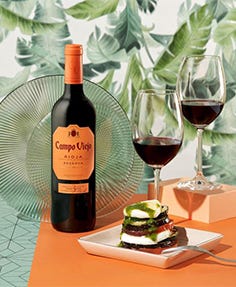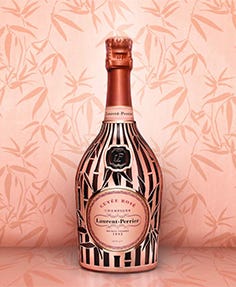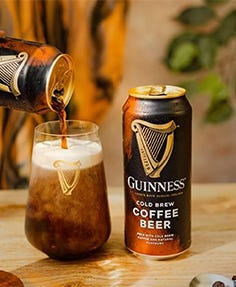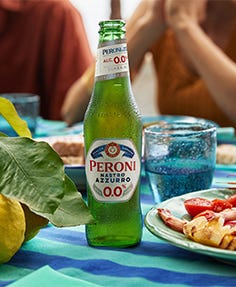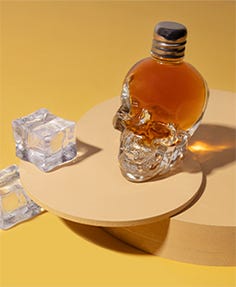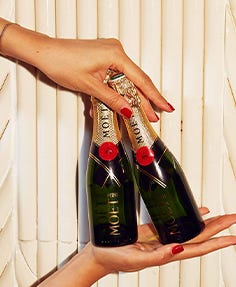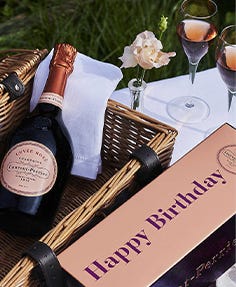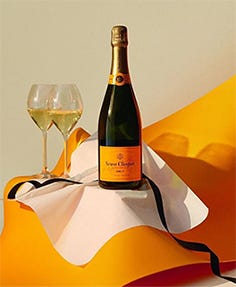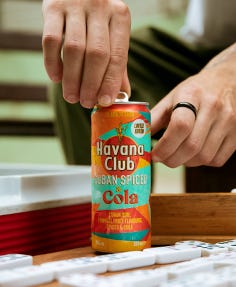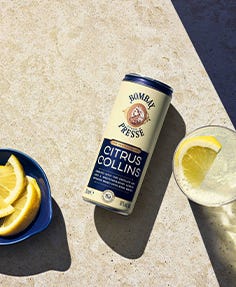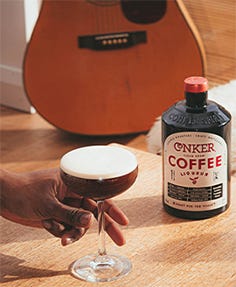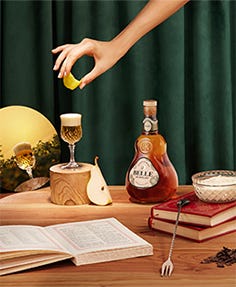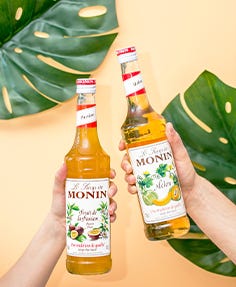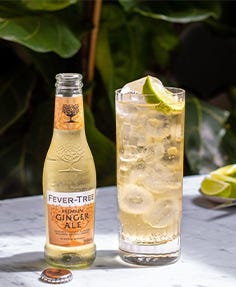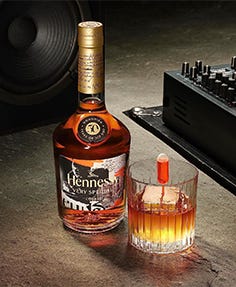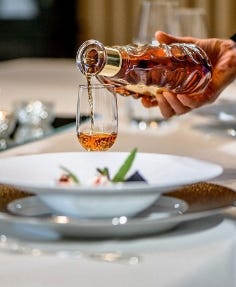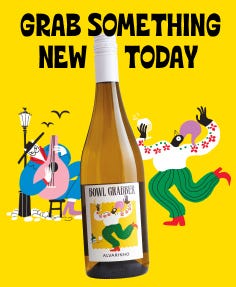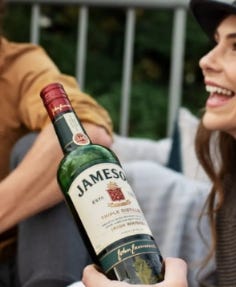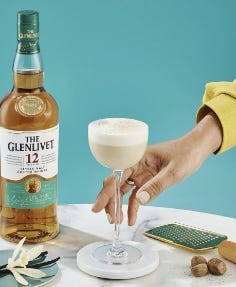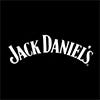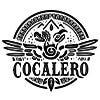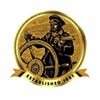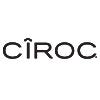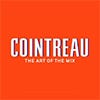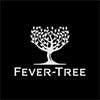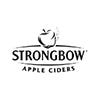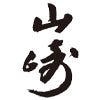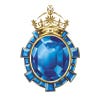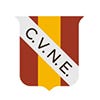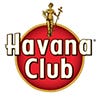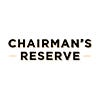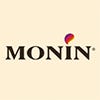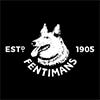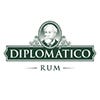Jim Beam
In the 1700's Rye Whiskey was being made throughout Western Pennsylvania by the German, Irish and Scottish settlers. The United States needed people to to move to the wild frontier of Kentucky, so gave people incentives to grow corn there, and Jacob Beam jumped at the chance.
Back then, it was entirely common for farmers to supplement their farming incomes by distilling whiskey for trade. So it wasn’t long before these farmers began experimenting with their surplus corn crop to create a new kind of sweet and flavourful corn whiskey. Thanks to independent thinkers like Jacob, who had no interstate highways to move produce, they found distilling the bulk of their crop into whiskey made it easier to transport down the Ohio and Mississippi Rivers and on to New Orleans—and a whole lot easier to market.
By the 1800s, 2,000 distillers operated in Kentucky. Dr. James Crow is credited with creating the “Sour Mash Process” still used today. A “setback” portion of an earlier distilled mash is used as the starting point for the next to ensure consistency.It’s possible that David Beam, Jacob Beam’s son and the second Beam family distiller, was one of the first to use this process, one Jim Beam still use today. They add some setback from their previous distillation to help create the next batch. It’s one of the reasons Jim Beam is consistent from batch to batch to batch..
In 1830 corn-whiskey distillers shipped their whiskey in used fish or vinegar barrels—not the taste you want in your whiskey. But they found out that burning those barrels removed the unpleasant smell and prepared them for whiskey storage. This was the birth of the charred oak barrel and the unique taste of real Kentucky bourbon.
The popularity of bourbon continued to grow, and with rigourous standards for the production and quality, it became more refined. In 1918, Prohibition put a halt on all production and bourbon pretty much disappeared. By the time the Prohibition law was repealed in 1933, many bourbon makers were lost to history. But James Beauregard Beam seized the opportunity to move near a rail line and upgrade his distillery at the ripe old age of 69. With the help of family, James B. Beam had the distillery, built by his own hands, back up and running in only 120 days.
Over time, America and the world grew to love bourbon as the only major distilled spirit that can trace its roots back to American soil. In 1964, President Lyndon Baines Johnson declared bourbon to be "America’s native spirit," and in 2007, the U.S. Senate set aside September as National Bourbon Heritage Month.
Jim Beam now produce a wonderful array of Bourbons from the classic Jim Beam to the honey, maple or apple infused bourbon; rye bourbons to small batch and aged and limited edition releases. Enjoy a true taste of history with Jim Beam




